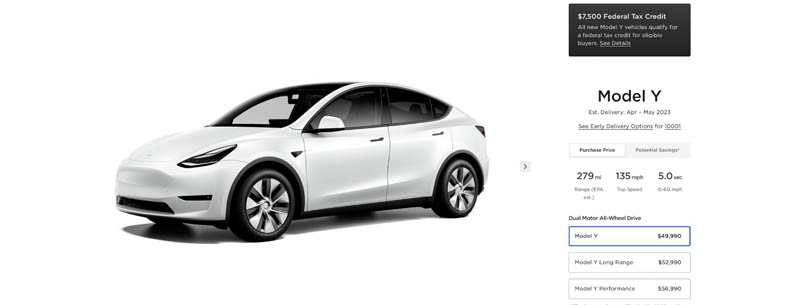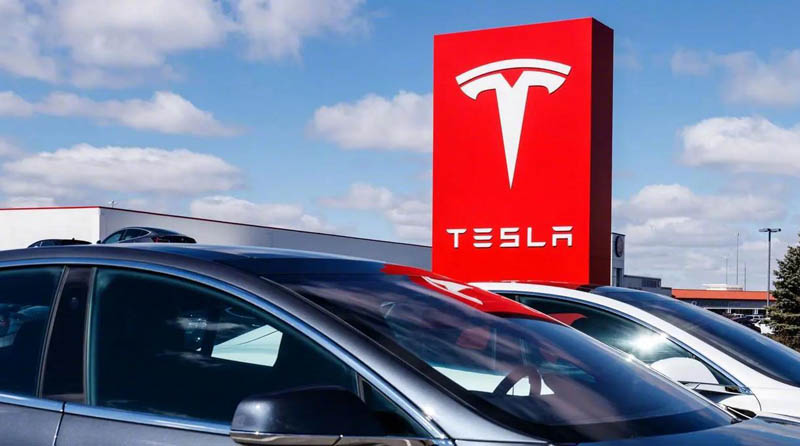Tesla wowed investors once again with its record-shattering Q2 2023 earnings results. The electric vehicle maker posted revenue of $24.93 billion, up 47% year-over-year and exceeding expectations. Total deliveries hit an all-time high of 466,140 vehicles.
However, profits took a hit as Tesla ramped production and grappled with inflationary pressures. Operating margins narrowed to just 9.6%, down from over 14% a year earlier. Net income rose 20% to $2.7 billion, lower than anticipated. So what drove Tesla’s blockbuster quarter, and what does it mean for the company’s future? Let’s break down the key takeaways.
Revenue Skyrockets to New Highs
Tesla’s topline surged to unprecedented levels in Q2, crushing Wall Street estimates. Automotive revenue led the charge, jumping 55% to $22.25 billion as deliveries outpaced rivals. Regulatory credit sales added another $679 million. Tesla also benefitted from robust energy generation and storage deployment.
Model Y and Model 3 volumes hit record levels, cementing their status as the world’s best-selling EVs. Price cuts and new factories in Berlin and Texas are paying dividends. Tesla expects 50% annual growth over the long-term, implying deliveries could top 2 million vehicles in 2023.
Tesla Model Y World’s Best-Selling Car, Topping Corolla and RAV4

Profit Margins Feel the Pinch
With breakneck expansion comes growing pains. Tesla’s automotive gross margins tumbled to 18.2%, down from over 20% the previous two quarters and 26.5% a year ago. Operating margins also contracted 340 basis points.
Several factors drove the squeeze. Cost inflation and supply chain turmoil have pushed input costs higher across the auto industry. Tesla’s discounting and incentive strategy to spur demand, particularly in China, ate into margins. So did the costs of ramping new factories. These headwinds could persist, forcing Tesla to sacrifice profitability to maintain volume growth.
AI and FSD in the Spotlight
Tesla’s edge in artificial intelligence took center stage during the earnings call. CEO Elon Musk highlighted the company’s industry-leading neural network training system. Tesla Dojo Supercomputer, still in development, will lower computing costs and improve autonomous driving.
Tesla AI Power Move at CVPR : Plans to Achieve 100 Exa-Flops by 2024
Musk also revealed Tesla is in talks to license its Full Self-Driving (FSD) software to other automakers. This could become a lucrative revenue stream while accelerating AV adoption. Allowing current FSD owners to transfer eligibility between vehicles could further boost uptake. But Tesla still faces scrutiny over unfulfilled FSD promises.
Tesla’s journey in AI development and R&D also made headlines during the call. The company ramped up investment in these areas to $943 million, focusing on developing AI, the Dojo supercomputer, and charting a course towards the next blue ocean market.
Musk underscored Tesla’s leading position in training data for AI, emphasizing the role of the Dojo in reducing the cost of neural network training. He also highlighted Tesla’s possession of the most extensive driving data globally, a crucial asset in the race towards autonomous driving.
What’s Next for Tesla?
With Q2 in the books, Tesla anticipates slight sequential declines in production and deliveries in Q3 amid uncertainty. Musk reiterated the target of 50% annual growth over the next few years. Continued Model Y and 3 capacity expansion, the delayed Cybertruck, and new factories will be key.
Tesla expects to remain profitable despite economic headwinds. But with contracting margins, its ability to drive profits while maintaining breakneck growth faces questions. The stock dropped 3% after hours on the mixed results.
Still, Tesla retains pole position in the EV race with production milestones competitors can’t match. Its AI lead provides a long-term edge. Software-based offerings like FSD present untapped potential. And brand cachet remains formidable. As macroeconomic crosscurrents swirl, Tesla’s Q2 showed its unmatched execution – even if growing profitably remains a balancing act.
Related Posts:
Tesla Q1 Earnings Call: Key Takeaways, Elon Musk’s vision for the company’s future.
First Look: Tesla Model 3 Facelift Revealed in Leaked, Code-Named ‘Highland’
Tesla Gives Other Automakers a license Autopilot/FSD, But Will They Take It?
